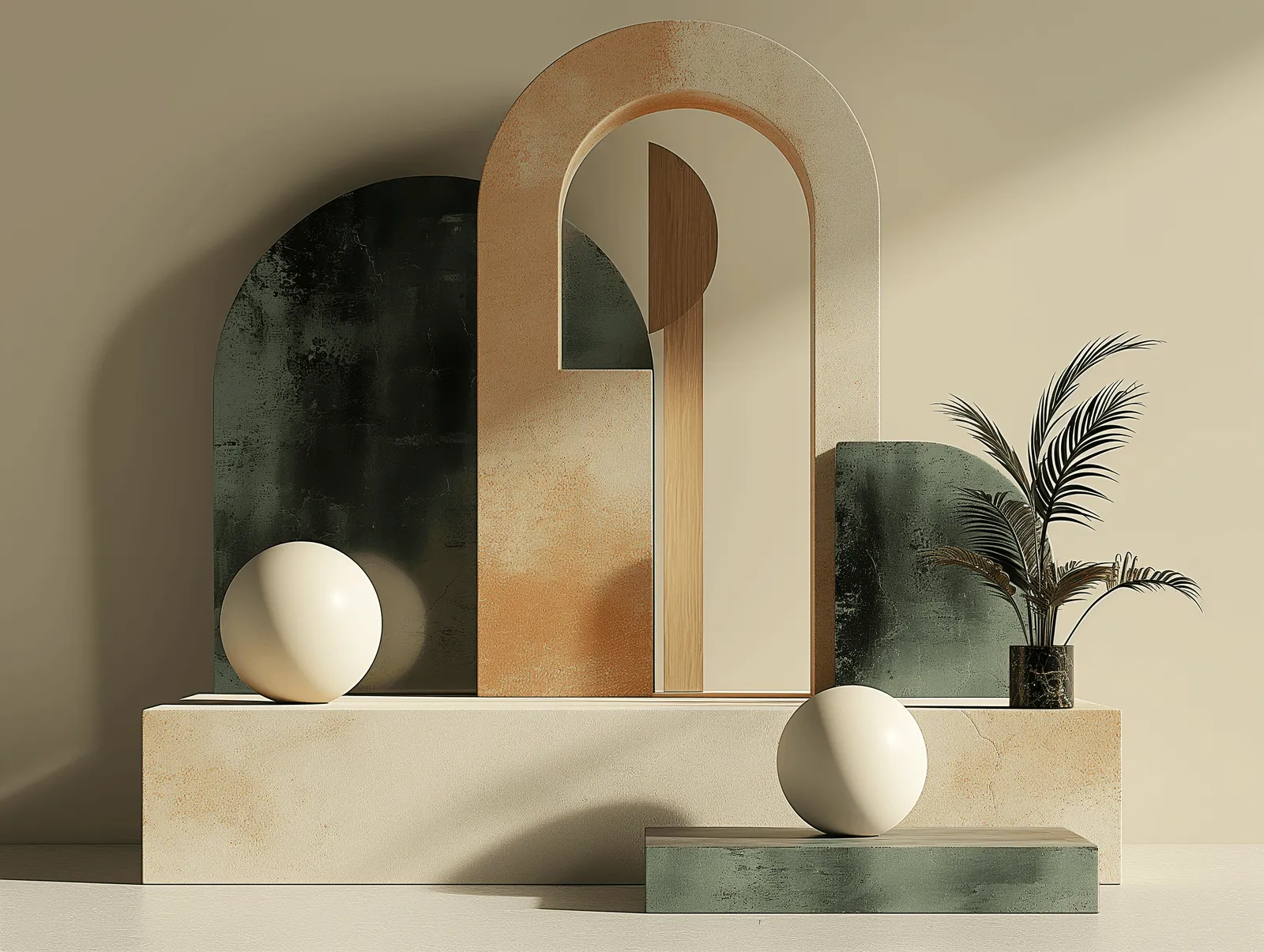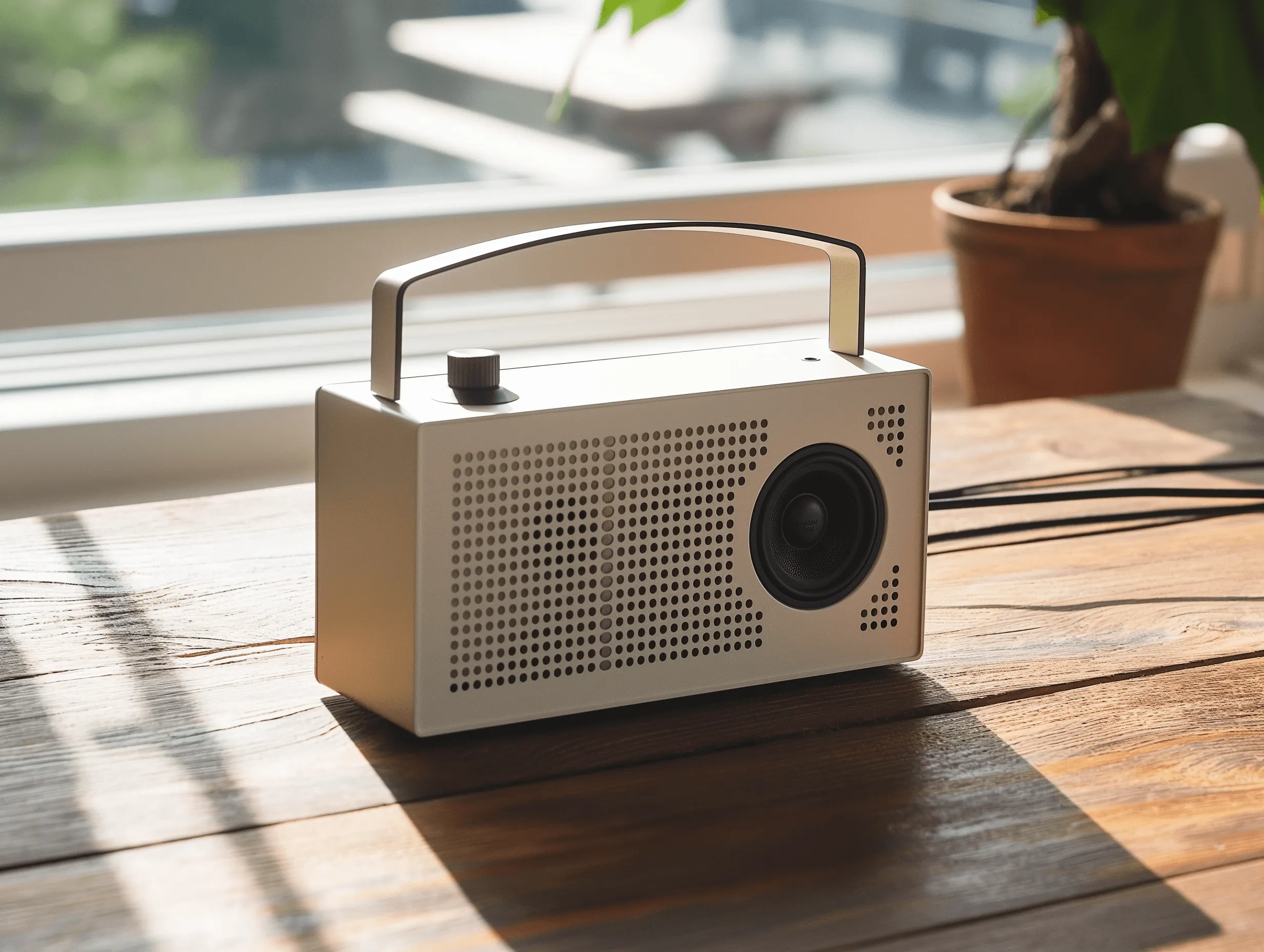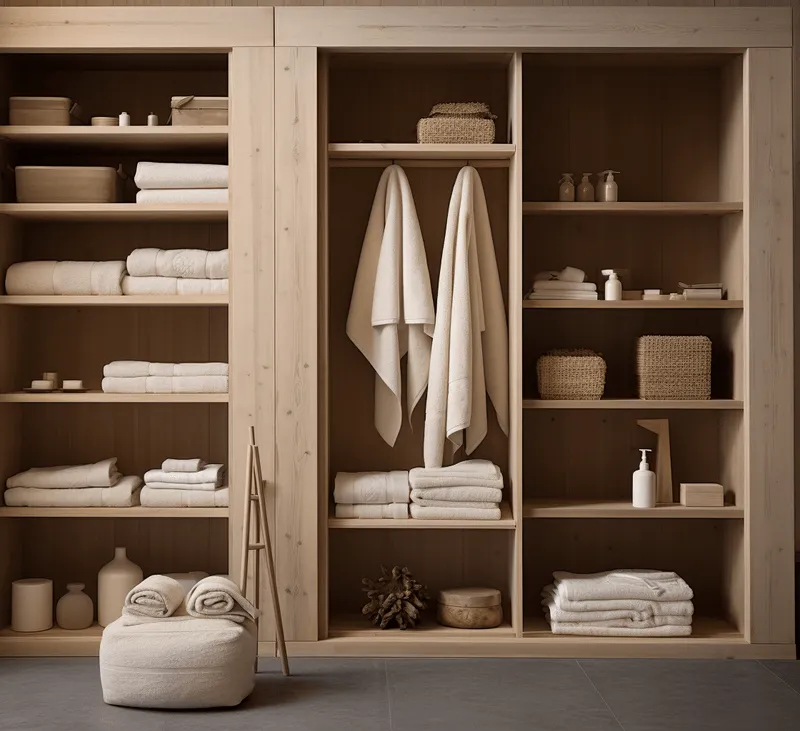
How to Master Gadgets Like a Silicon‑Valley Insider
Okay, real talk - I used to be that person who'd stare at a new gadget for like twenty minutes before even touching it 😅 You know the feeling, right? That mix of excitement and "omg what if I break this expensive thing?" But here's what I discovered after years of trial and error (and tbh, some pretty awkward moments): mastering your intimate tech isn't rocket science. It's actually way simpler than Silicon Valley wants you to think.
The thing is, tech companies love making everything seem super complicated because it makes them look smart. But when it comes to pleasure gadgets? The real insiders know it's all about understanding the basics and then getting comfortable with experimentation.
The Silicon Valley Mindset: Start with the User Experience
Here's something most people don't realize - every successful tech product in Silicon Valley starts with one question: "What does the user actually want?" Not "what features can we cram in" or "how can we make this look fancy." Just... what do you want?
When I first started exploring intimate wellness tech, I made the classic mistake of getting overwhelmed by all the buttons and settings. But then I met this product designer at a wellness conference who told me something that changed everything: "The best gadgets disappear into the experience."
Think about your smartphone - you don't think about the processor or the RAM when you're scrolling through photos. You just... use it. Same principle applies here. The goal isn't to become a tech expert; it's to find what works for your body and your preferences.
The 3-2-1 Rule for New Gadgets
This is something I learned from a friend who works at a major tech company in Palo Alto. Before diving into any new device, spend:
3 minutes reading the quick start guide (not the whole manual - ain't nobody got time for that)
2 minutes exploring the basic functions without pressure
1 minute just holding it and getting comfortable with how it feels
Sounds simple, but this little ritual eliminates like 90% of that initial awkwardness. Plus, it helps you approach the experience with curiosity instead of anxiety.
Understanding Your Tech: Beyond the Marketing Hype
Let's be honest - the intimate wellness industry loves throwing around buzzwords. "Revolutionary vibration patterns!" "AI-powered pleasure algorithms!" "Biometric feedback systems!" It's enough to make your head spin.
But here's what actually matters, according to Dr. Emily Morse, a sexologist who's worked with several major wellness tech companies: "The most important feature is the one that responds to your individual needs and preferences."
Translation? All those fancy features mean nothing if the basic functionality doesn't work for you.
The Insider's Feature Priority List
After talking to product developers and beta testers, here's what they actually focus on:
Intuitive controls - Can you figure it out without constantly checking the manual?
Consistent performance - Does it do the same thing every time you use it?
Comfortable materials - This one's non-negotiable for obvious reasons
Easy maintenance - Because nobody wants a high-maintenance relationship with their gadgets
Everything else? That's just bonus features. Nice to have, but not essential for a great experience.
The Art of Experimentation (Without the Overwhelm)
Okay, so you've got your gadget and you understand the basics. Now what? This is where a lot of people either go full perfectionist mode or completely shut down. Neither approach works great, btw.
The Silicon Valley approach to innovation is all about rapid prototyping and iteration. Basically, try something, see what happens, adjust, and try again. No judgment, no pressure to get it "right" the first time.
I remember talking to this engineer who worked on one of the first app-controlled devices. She told me, "We designed it knowing that everyone's going to use it differently. The magic happens when you stop trying to use it 'correctly' and start using it in whatever way feels good."
The Beta Tester Approach
Professional beta testers have this mindset that's perfect for exploring new gadgets: they're curious but not attached to outcomes. Here's how to adopt that mindset:
Start with the lowest settings and work your way up gradually. You can always add more intensity, but you can't take it back once you've gone too far.
Keep mental notes (or actual notes if that's your thing) about what works and what doesn't. Not in a clinical way, just... "oh, that was nice" or "nope, not for me."
Give yourself permission to stop and start over. Beta testers restart constantly - it's part of the process, not a failure.
Troubleshooting Like a Pro
Even the best gadgets have their quirks. The difference between tech newbies and insiders? Insiders know how to troubleshoot without losing their minds.
First rule of tech support (whether it's your laptop or your vibrator): turn it off and turn it back on. Seriously. Like 60% of issues get resolved this way.
Second rule: check the obvious stuff first. Is it charged? Is it clean? Are you using it as intended? I know, I know - it sounds basic. But you'd be surprised how often the "problem" is something super simple.
When to Reach Out for Help
Here's something most people don't know - reputable intimate wellness companies actually have really good customer support. They've heard it all, and they genuinely want you to have a good experience.
Don't suffer in silence if something's not working right. Most companies offer troubleshooting guides, video tutorials, or even one-on-one support. Your pleasure matters, and they know that happy customers are repeat customers.
Advanced Tips from the Inner Circle
Once you've mastered the basics, there are some insider tricks that can take your experience to the next level. These are things I've learned from product designers, beta testers, and other users who've really figured out their tech.
Temperature matters more than you think. Store your gadgets at room temperature - extreme heat or cold can affect battery life and material flexibility.
Timing is everything. Your body's sensitivity changes throughout the day (and throughout your cycle, if you have one). What feels amazing in the morning might be too intense at night, and vice versa.
Combine technologies thoughtfully. If you're using multiple devices or apps, think about how they work together. Sometimes less is more, sometimes more is... well, more.
The Maintenance Mindset
Silicon Valley companies obsess over user retention, and there's a lesson here for gadget users. The key to long-term satisfaction isn't just finding the right device - it's maintaining it properly.
Clean your gadgets after every use. I know it's not the fun part, but it's crucial for both hygiene and longevity. Most devices come with specific cleaning instructions - follow them.
Store them properly. A silk pouch or dedicated storage box isn't just fancy packaging - it protects the materials and keeps everything hygienic.
Update software regularly if your device has app connectivity. Those updates often include performance improvements and new features.
Building Your Personal Tech Stack
In Silicon Valley, they talk about "tech stacks" - the combination of tools and technologies that work together to create something amazing. You can apply the same thinking to your intimate wellness routine.
Start with one really good foundational piece. Master that completely before adding anything else. It's like learning to walk before you run, except way more fun.
Think about compatibility. If you're interested in app-controlled devices, make sure they work with your phone's operating system. If you travel a lot, consider battery life and charging options.
Consider your lifestyle. Are you someone who likes simplicity, or do you enjoy having lots of options? Do you prefer discrete designs, or are you all about that bold aesthetic? There's no right answer - just what works for you.
Frequently Asked Questions
How do I know if a gadget is right for me before buying it?
Look for companies with good return policies and read reviews from actual users, not just influencers. Many reputable brands offer satisfaction guarantees because they know that personal preferences vary widely.
What's the difference between expensive and budget-friendly options?
Generally, you're paying for better materials, more features, and longer warranties. But that doesn't mean expensive is always better for you. Some of the most beloved devices are surprisingly affordable.
How often should I replace my devices?
With proper care, quality devices can last years. Replace them when they stop holding a charge, when the materials start degrading, or when your needs change. There's no set timeline.
Is it normal to feel overwhelmed by all the options?
Absolutely. The market has exploded in recent years, and choice overload is real. Start with highly-rated basics from established brands, then explore from there.
What should I do if I'm not satisfied with my purchase?
Contact customer service first - many issues can be resolved with troubleshooting or replacement. If that doesn't work, most reputable companies honor their return policies without making you feel awkward about it.
Bottom Line
Mastering gadgets like a Silicon Valley insider isn't about becoming a tech genius or collecting every device on the market. It's about approaching intimate technology with curiosity, patience, and a focus on what actually enhances your experience.
The real insiders know that the best tech is the tech that works for you, not the tech that looks impressive or has the most features. They know that experimentation is part of the process, not a sign that something's wrong. And they know that your pleasure and comfort should always be the priority.
So take a deep breath, start simple, and remember - you've got this. The learning curve might feel steep at first, but once you find your groove, you'll wonder why you were ever intimidated. After all, these gadgets exist to enhance your life, not complicate it ✨
.png)
.jpg)











Comments: